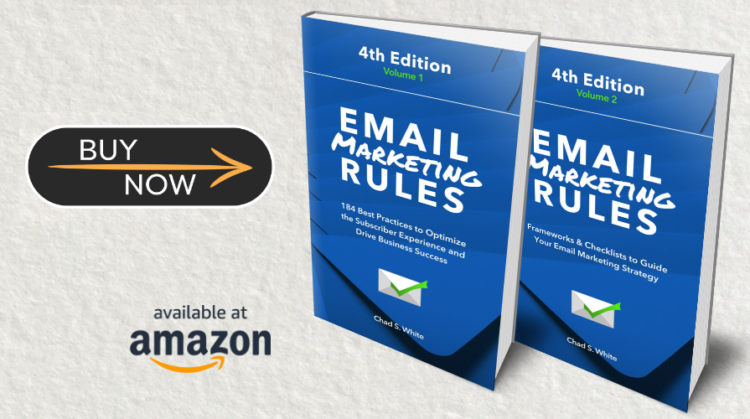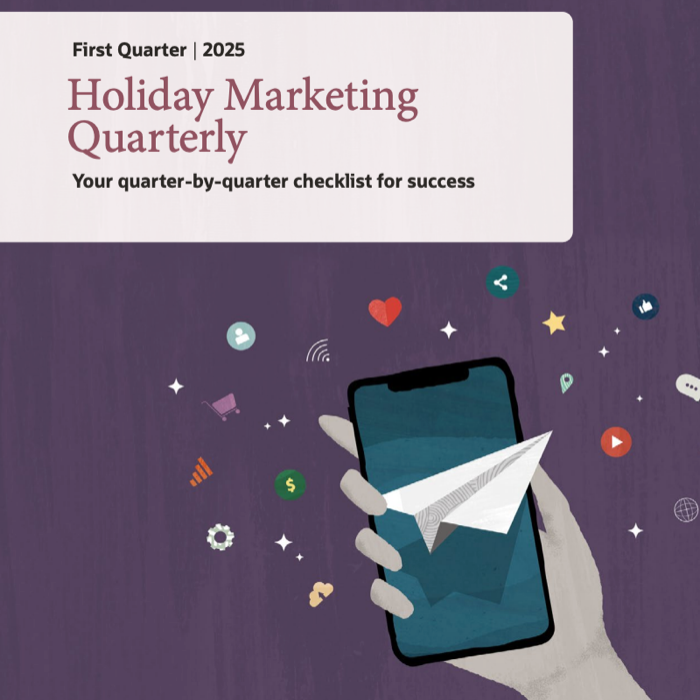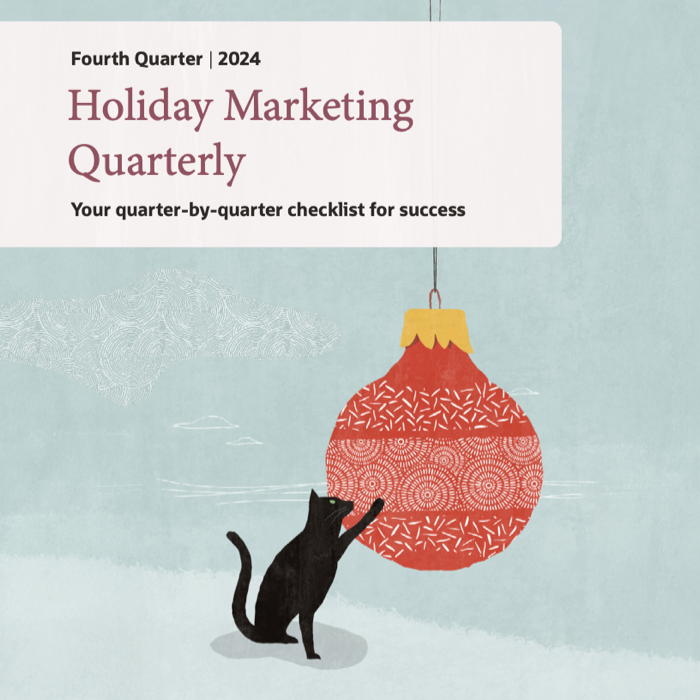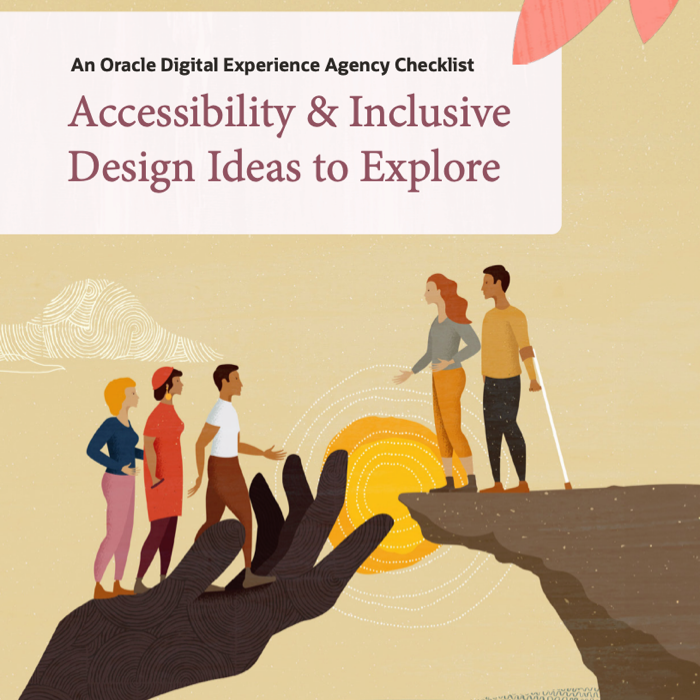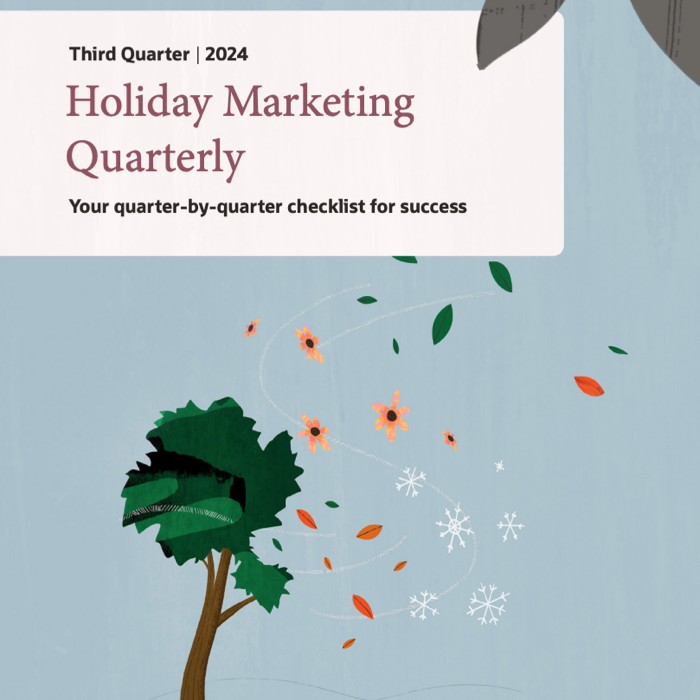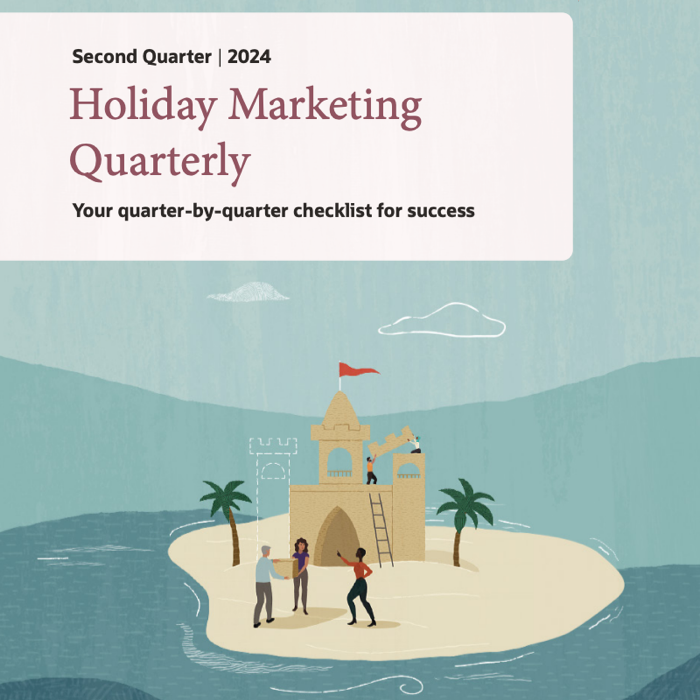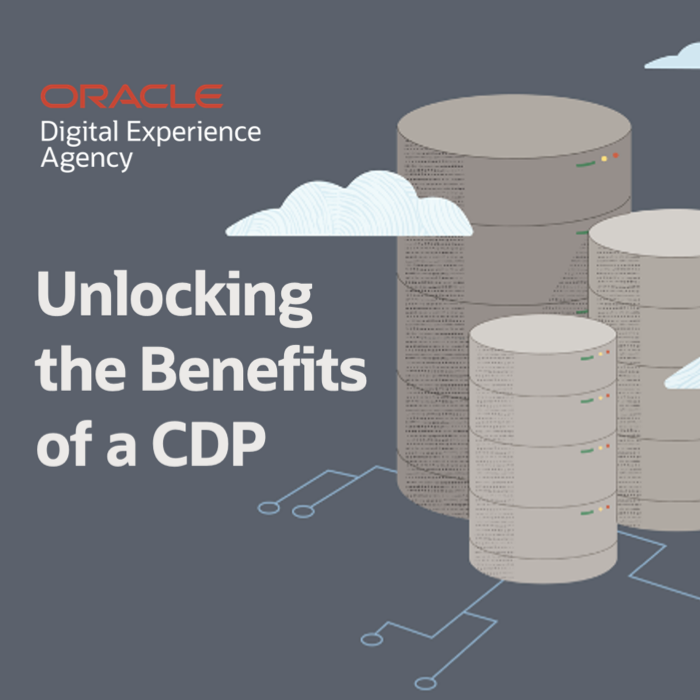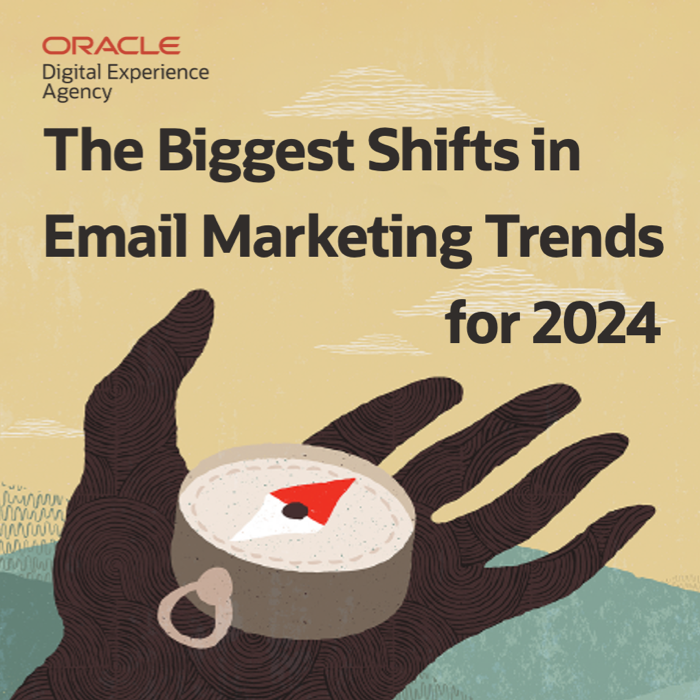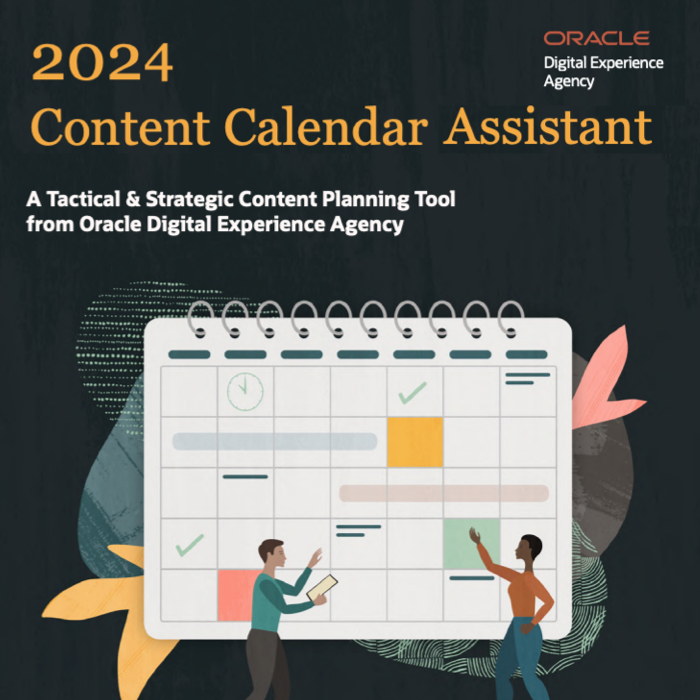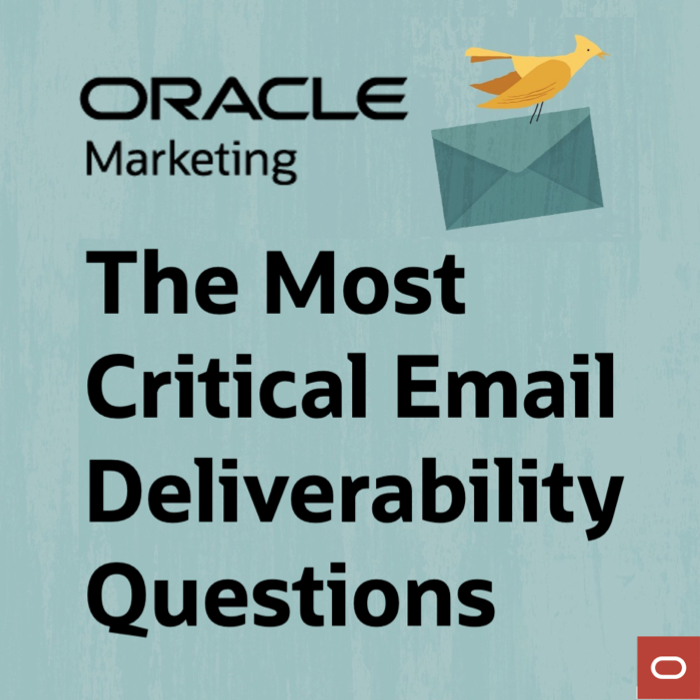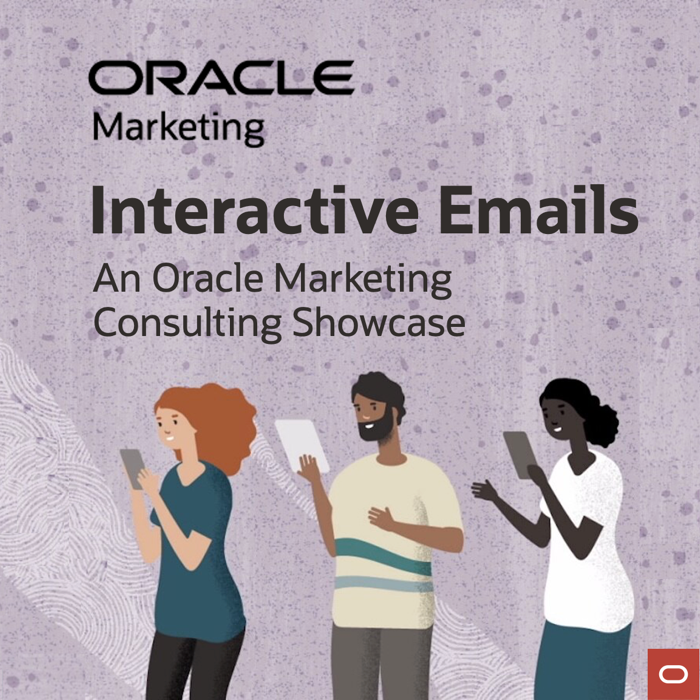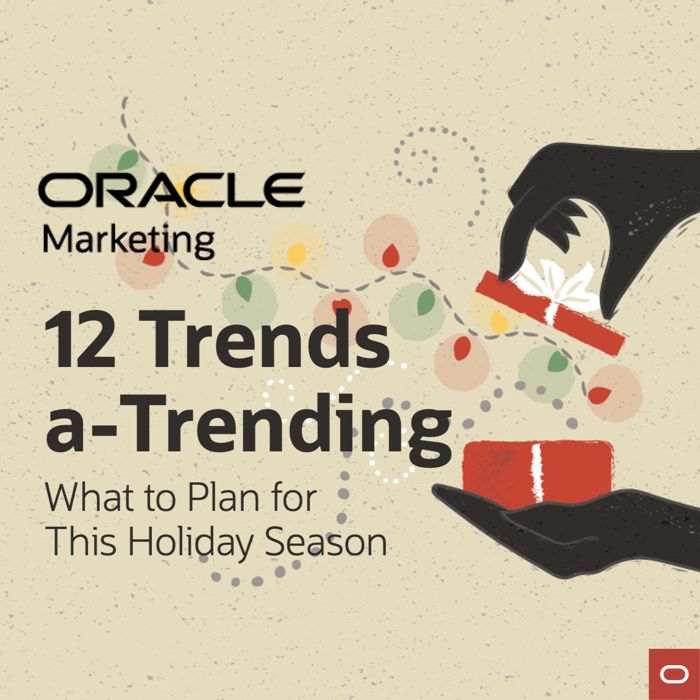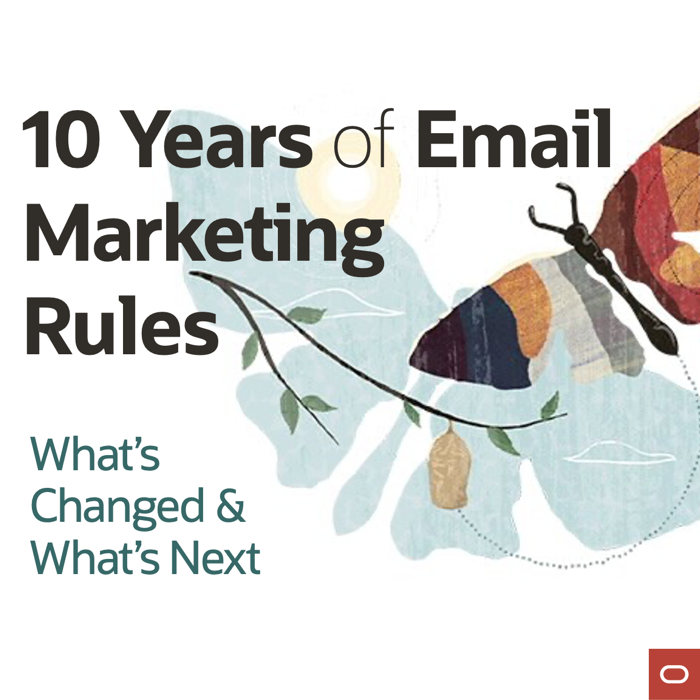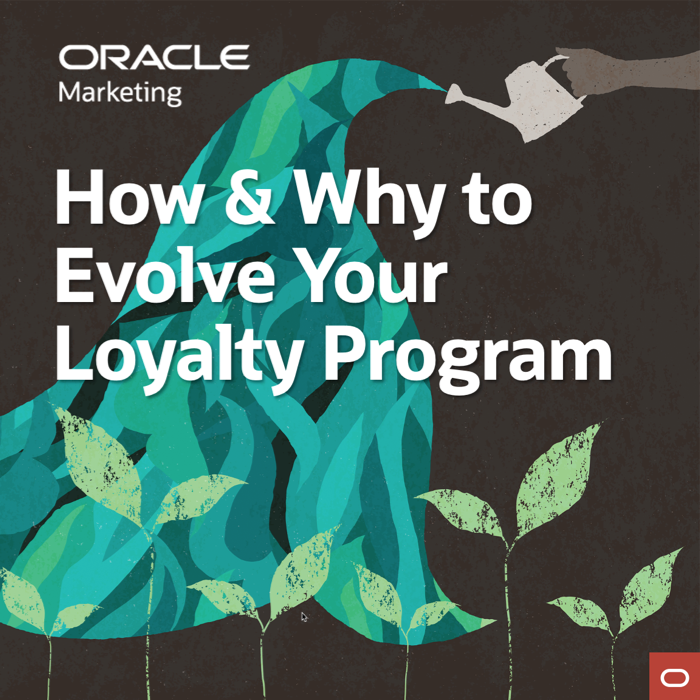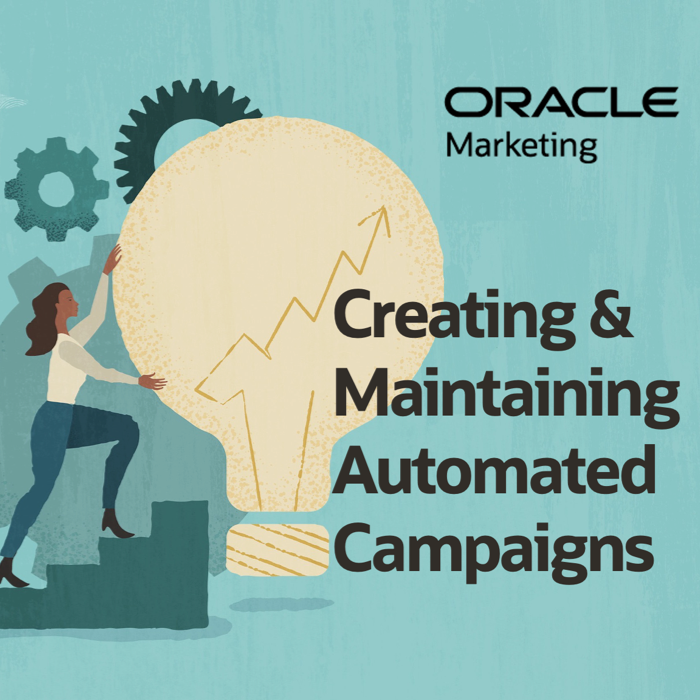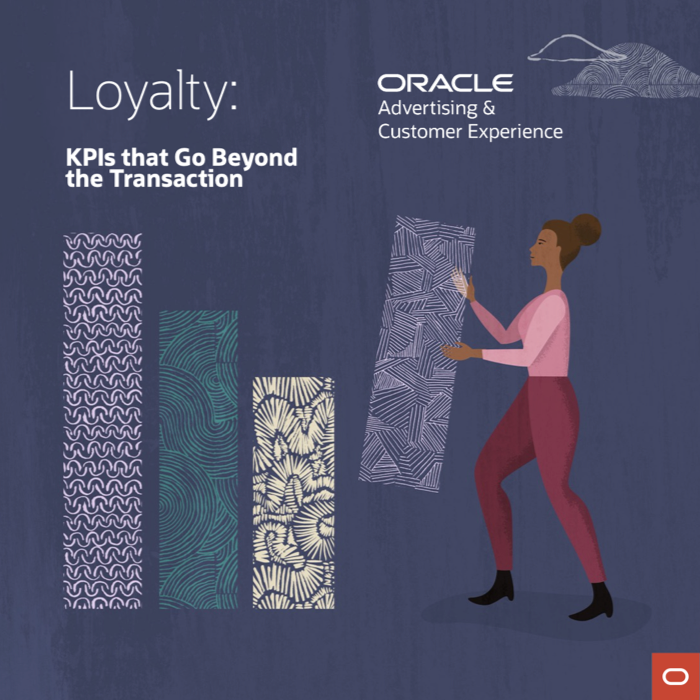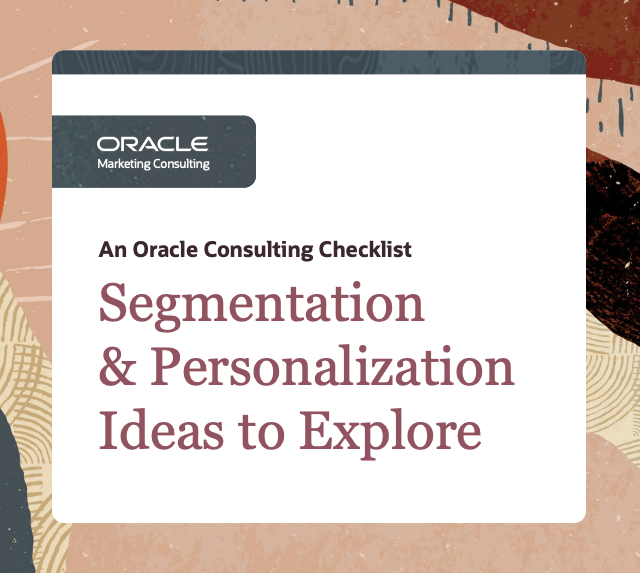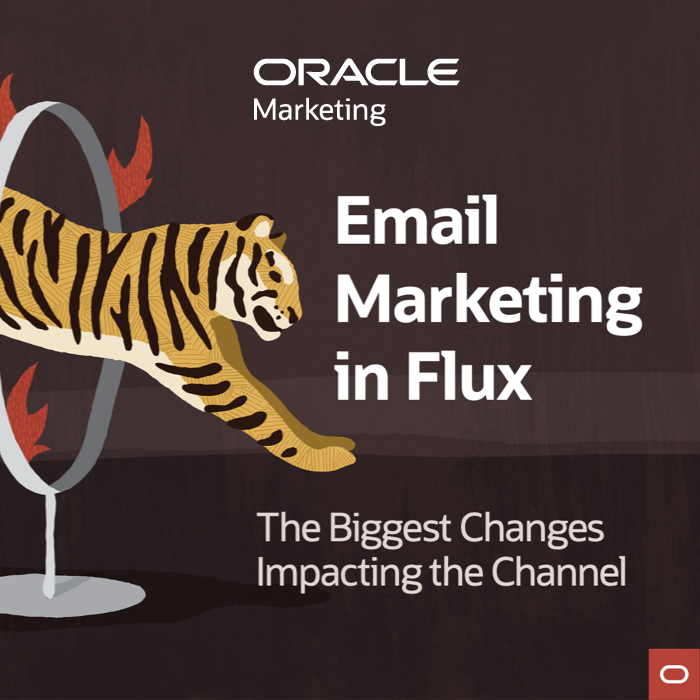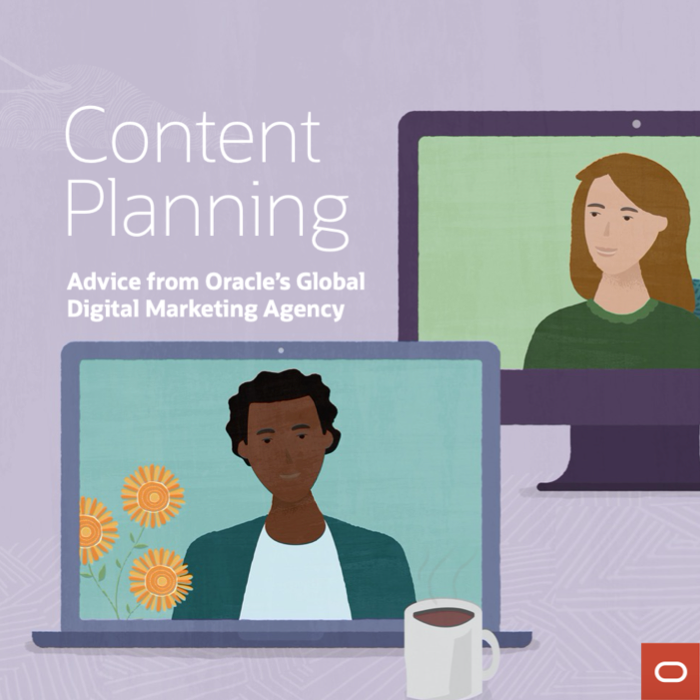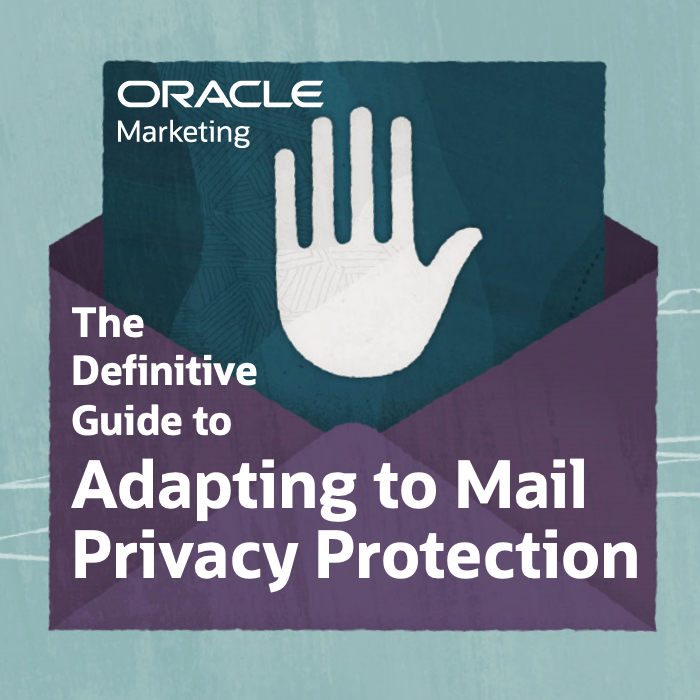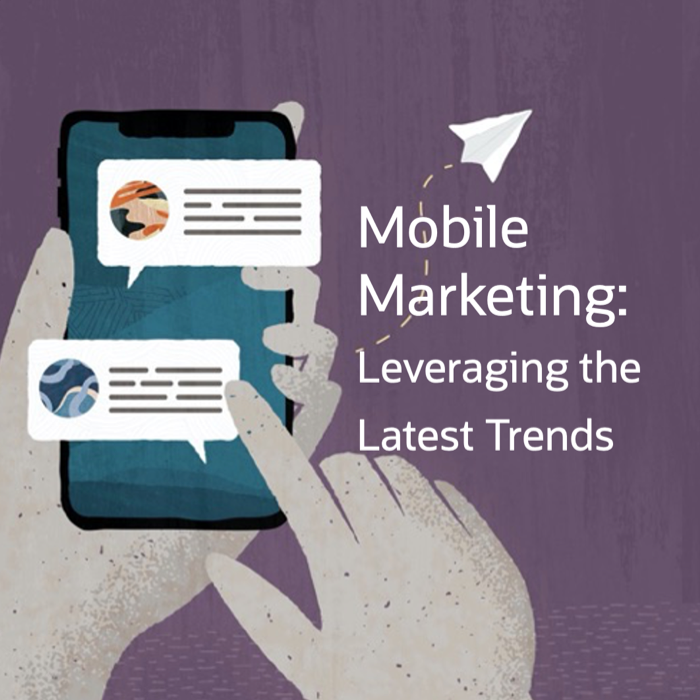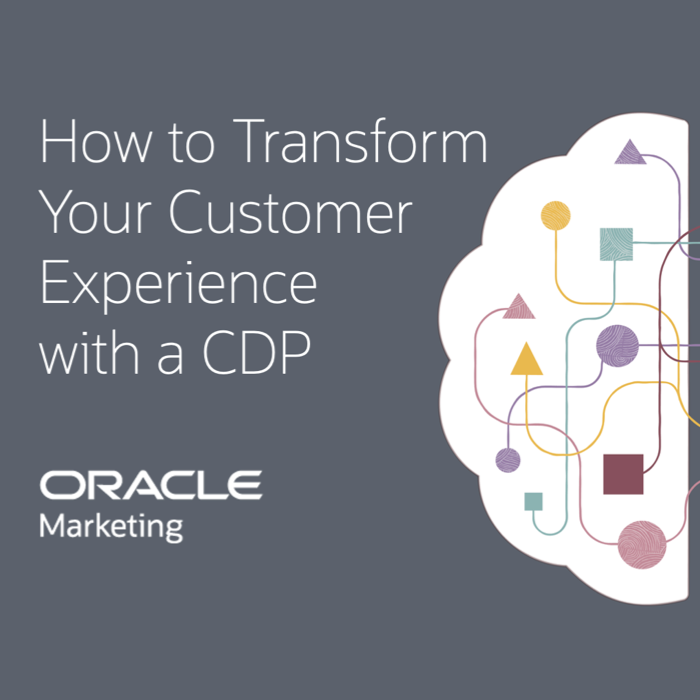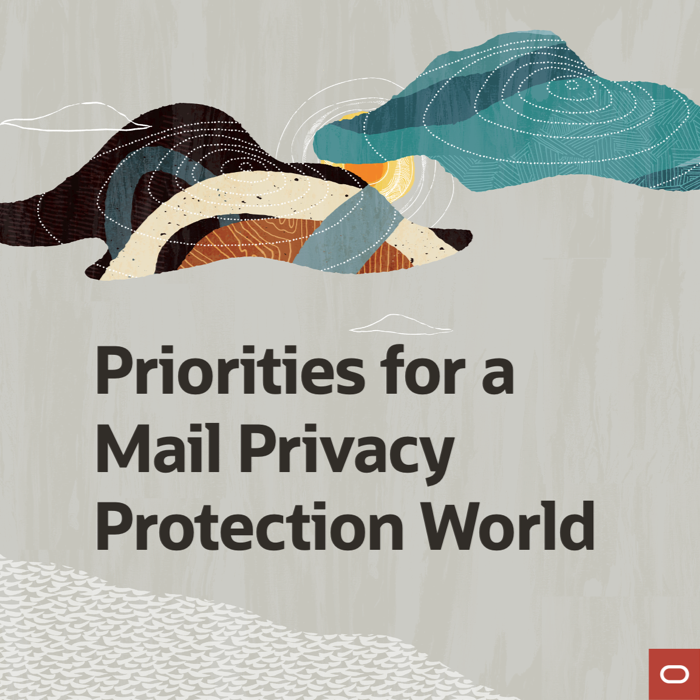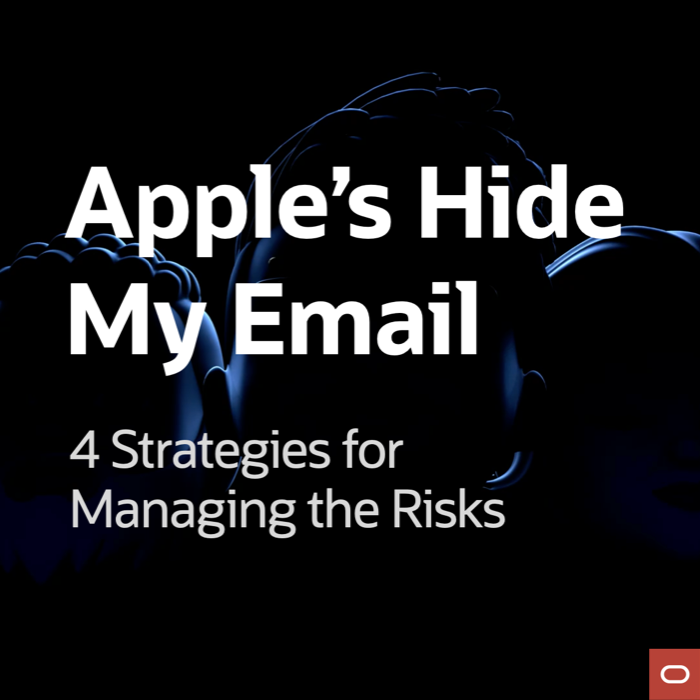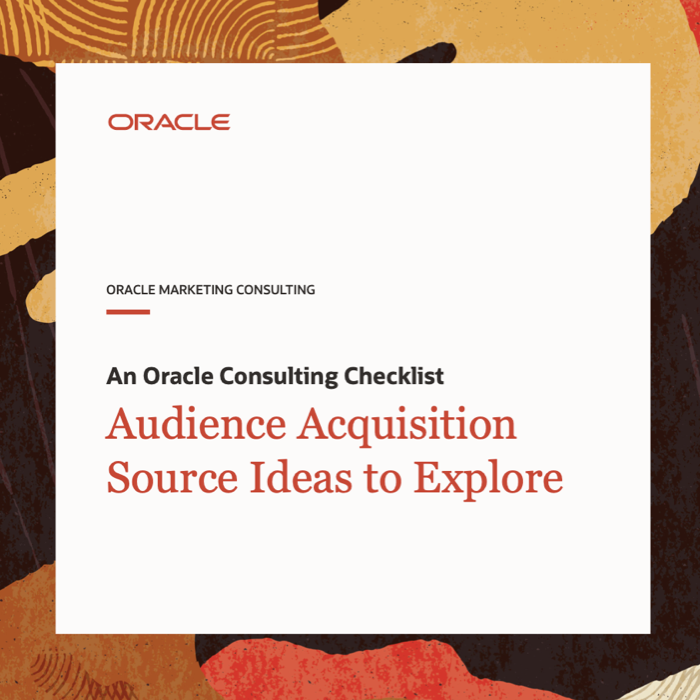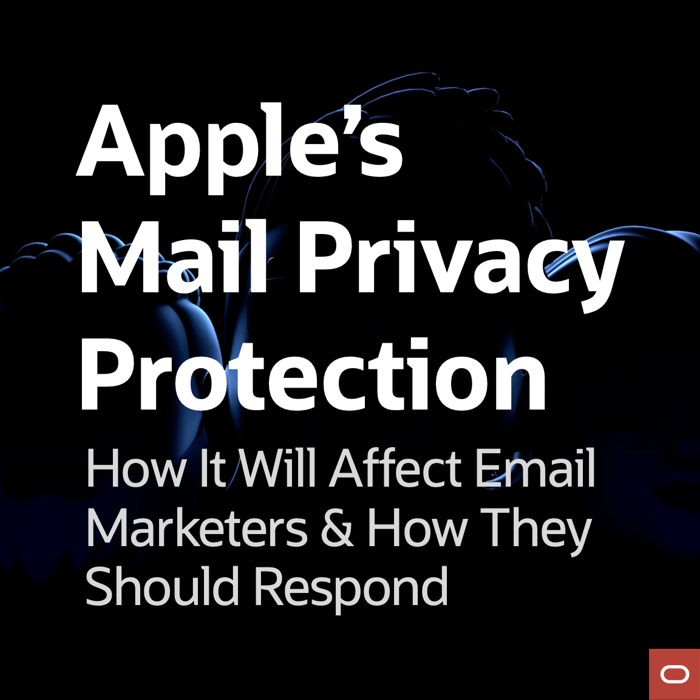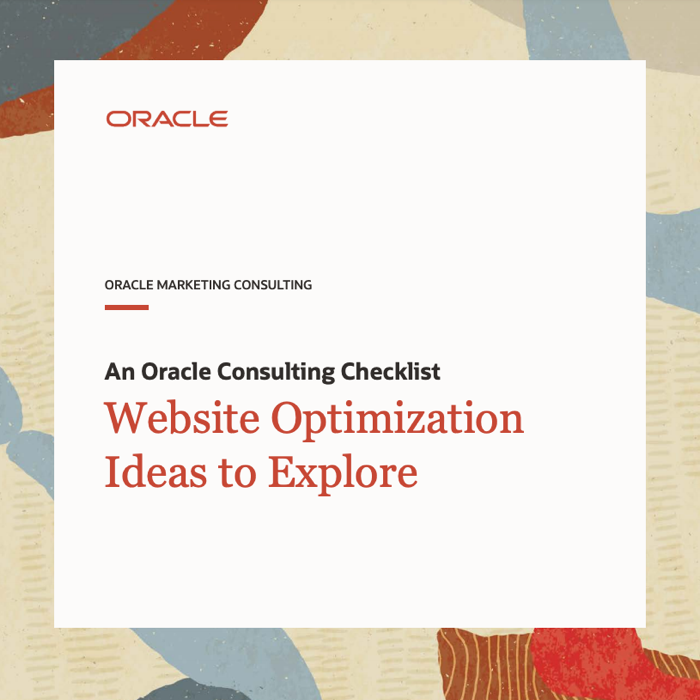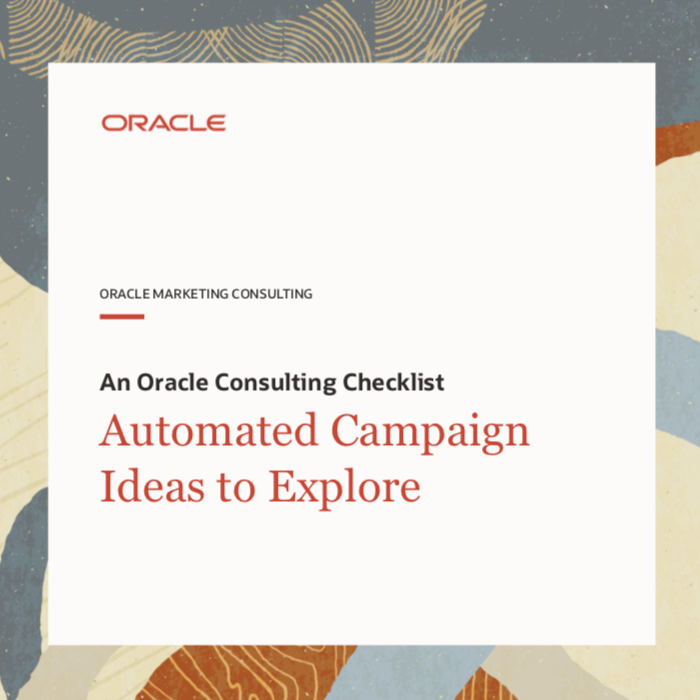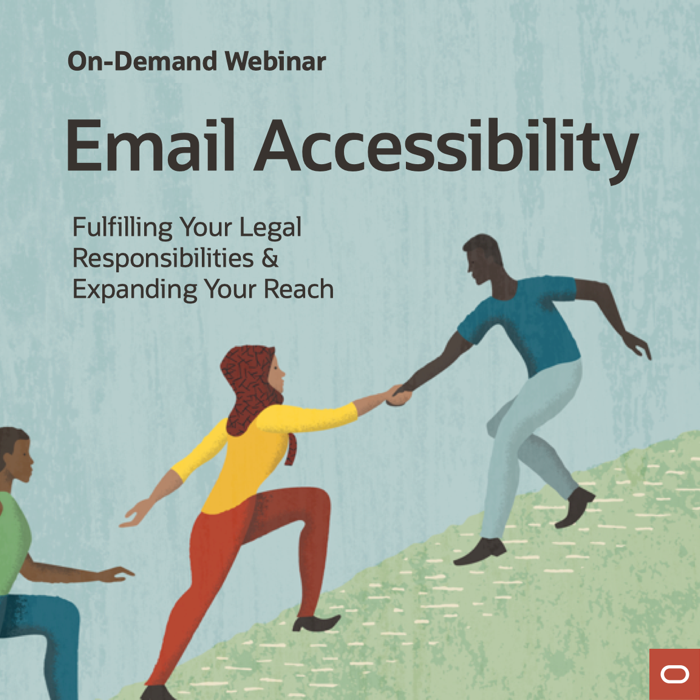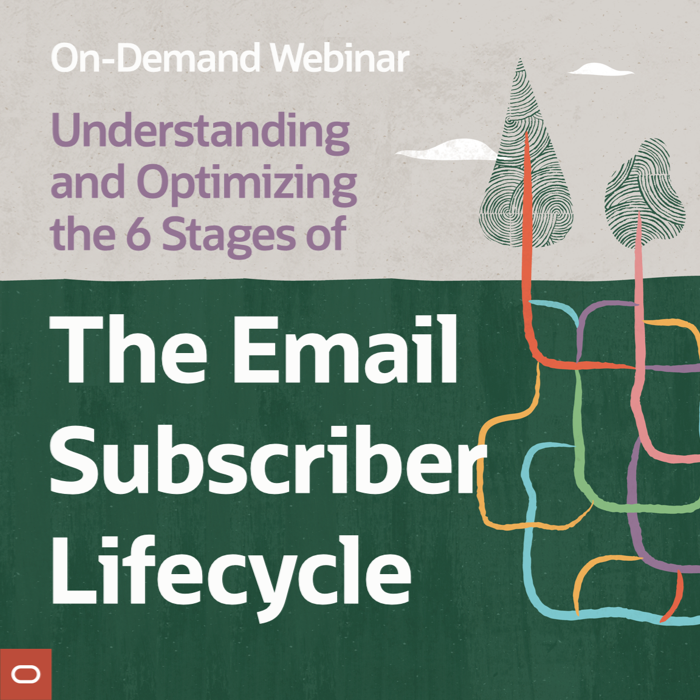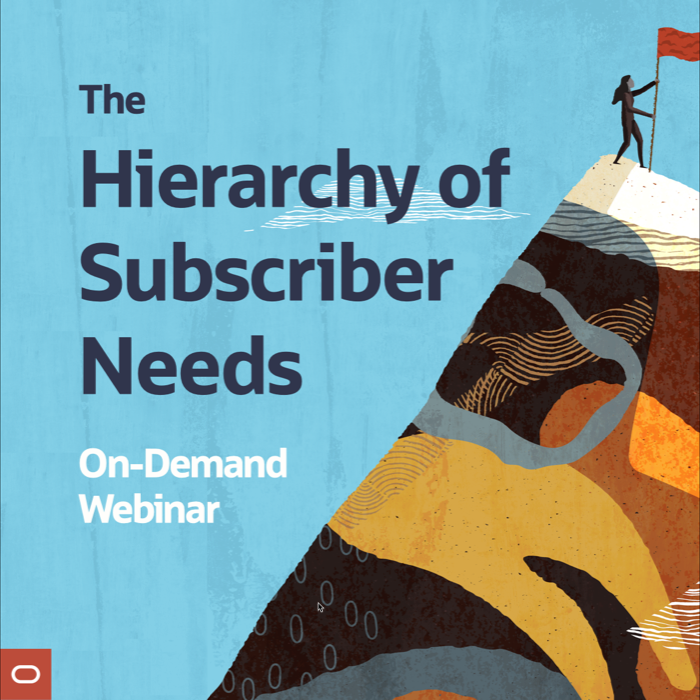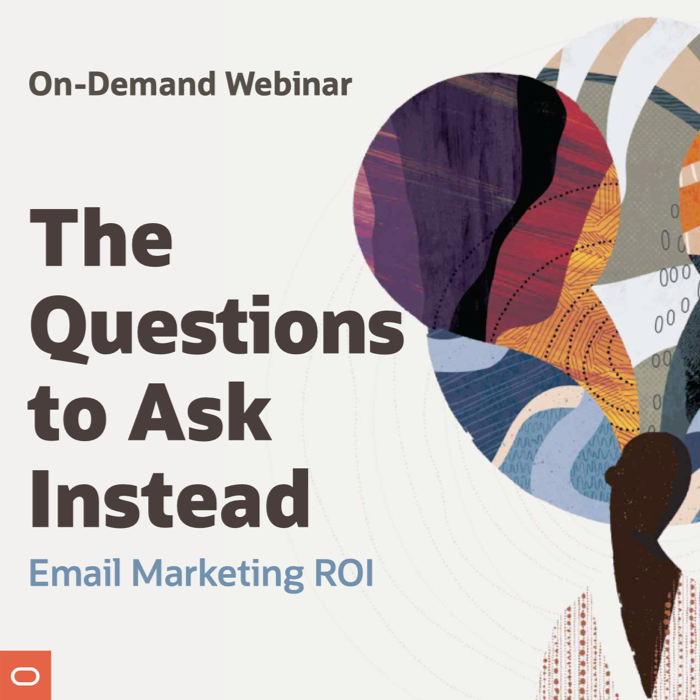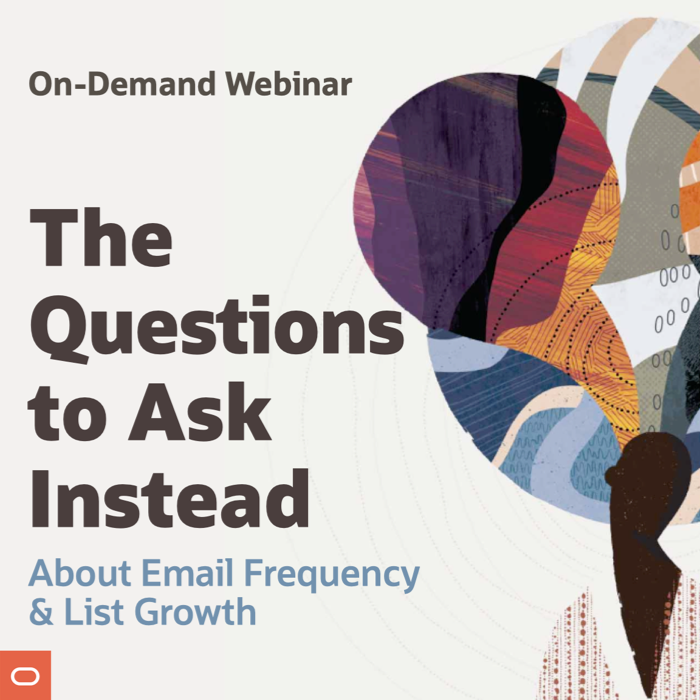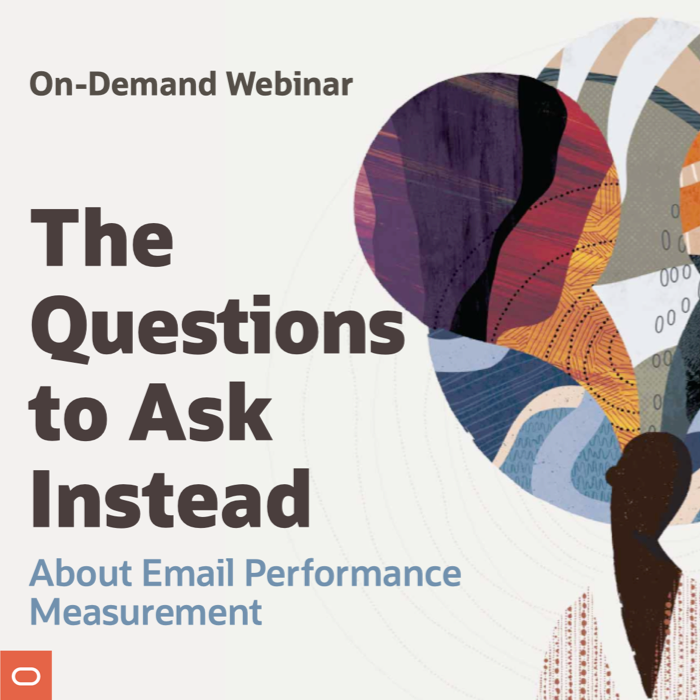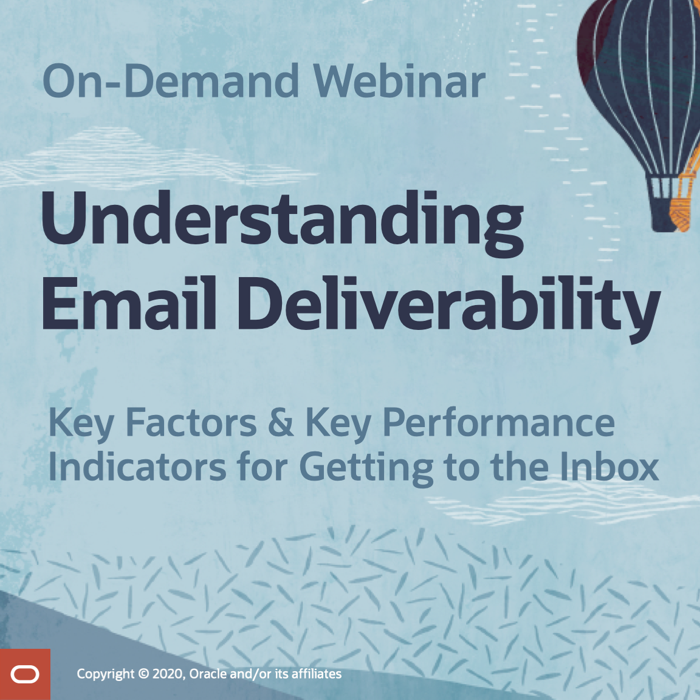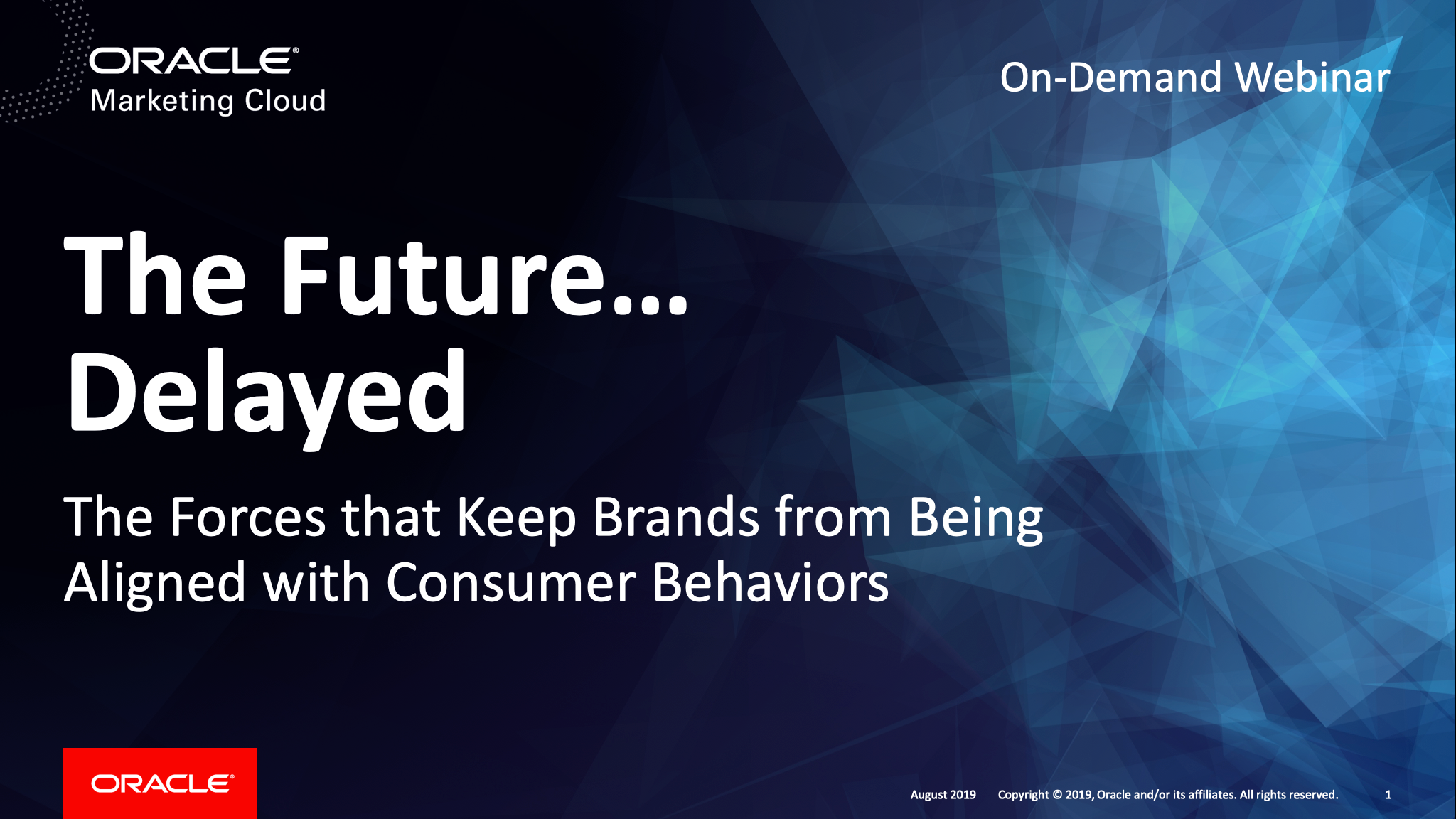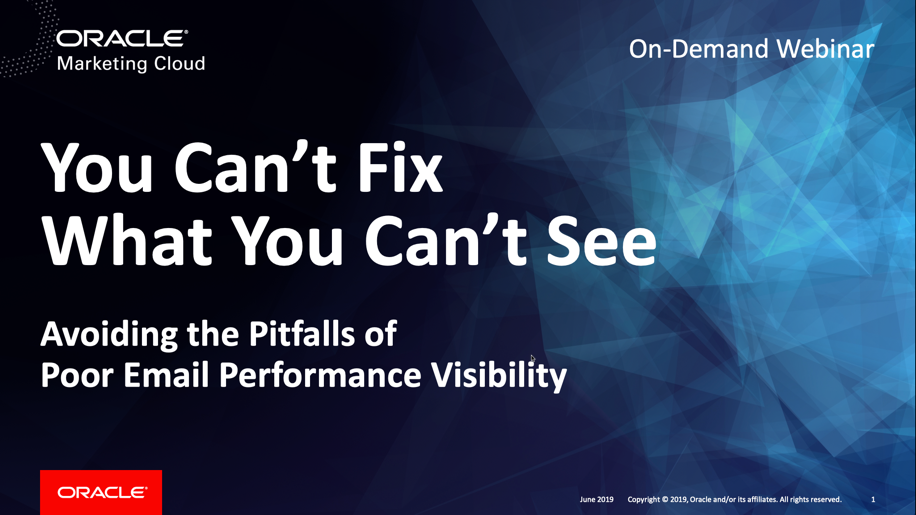Microsoft’s New Email Deliverability Rules Make DMARC Essential
Posted on May 12, 2025

Ever since Google and Yahoo jointly announced new deliverability requirements in late 2023, rumors have swirled that Microsoft would eventually join them. At long last, Microsoft announced new deliverability requirements, but only endorsed one of the four pillars of the Google-Yahoo announcement.
Let’s look at what Microsoft is requiring of senders and what impact it will have on marketers, bearing in mind that these changes will have an outsized impact on B2B marketers, which have much higher exposure to Microsoft as a mailbox provider.
Gmail’s Email ‘Upgrades’ Are Actually a Step Backward
Posted on May 8, 2025

Just like the saying, “When all you have is a hammer, everything looks like a nail,” when you’re the biggest online advertising company in the world, everything starts to look like an ad. This thinking appears to be behind more and more of Google’s recent changes at Gmail.
Let’s examine three programs, starting with an older one that’s undergone big changes and ending with a brand new program.
Understanding Email Deliverability: Key Factors & Key Issues
Posted on May 7, 2025

Many marketers don’t give email deliverability much attention—that is, until they have a crisis on their hands that’s tanking their email marketing results. Still others have simply accepted their average or even below-average inbox placement rates because they think it’s normal or feel they can’t change it.
Across the email marketing industry, deliverability rates average 85%, according to Validity. However, the Oracle Digital Experience Agency clients who work with our Email Deliverability Services team have an average deliverability rate of 97%. For an email marketing program that generates $10 million in revenue annually, boosting its deliverability rate from 85% to 97% can mean up to $1.4 million in additional revenue.
How do we help our clients attain such high inbox placement rates? We do it by paying attention to…
The Last Word on March & April 2025
Posted on May 2, 2025
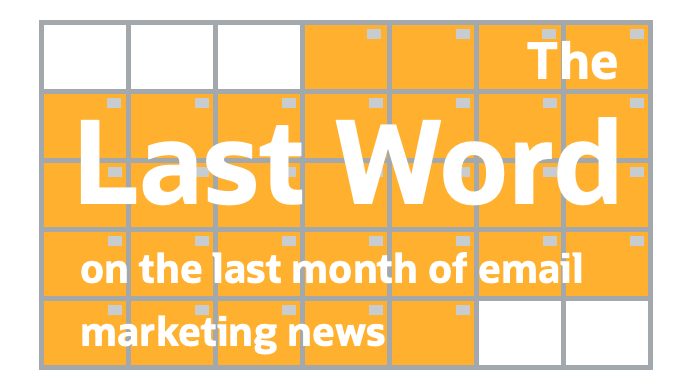
A roundup of digital and email marketing articles, posts, and social buzz you might have missed last month…
Must-read articles, posts & reports
Strengthening Email Ecosystem: Outlook’s New Requirements for High‐Volume Senders (Microsoft Defender for Office 365 Blog)
Segmentation Isn’t Just Strategy—It’s Empathy (Only Influencers)
The Tariff Theater: Commerce’s New Dark Pattern (Future Commerce)
OpenAI Is Building a Social Network (The Verge)
Into the Inbox: Email Statistics Report for 2025 (ZeroBounce)
20 Design Psychology Principles Every UX/UI Designer Should Know (Bootcamp)
Getting Email And Revenue On One Page: The Metrics Are Not Always Easy (MediaPost)
AI Won’t Replace These Skills: What Makes Email Marketers Irreplaceable? (Only Influencers)
Advertisers Urge GOP To Support Opt-Out Privacy Law (MediaPost)
Goodbye Clicks, Hello AI: Zero-Click Search Redefines Marketing (Bain & Co.)
Insightful & entertaining social posts
When is the last time you checked your unsubscribe link(s) ? pic.twitter.com/i1OE2DsspN
— Keith Kouzmanoff (@emailmp) March 11, 2025
As bad as Apple Intelligence is, if they released a built-in agent that automatically hit “Delete & Junk” for every political text I get, all would be forgiven.
— Paul Roetzer (@paulroetzer) March 9, 2025
Noteworthy subject lines
Guitar Center, 4/23 – Lock in up to 30% off before tariffs hit
Michaels, 4/22 – Design an on-trend tumbler for a lot less. ☀️ 🥤
Goldbelly, 3/10 – ☘️🌈 Eat Me, I’m Irish! ☘️🌈
Macy’s, 4/26 – The best Mother’s Day gifts for every budget 🌸
Eddie Bauer, 4/17 – Gifts For Here 🌼🎁🌷🛍️
Neiman Marcus, 4/28 – Make this Mother’s Day extra sparkly
Uncommon Goods, 4/12 – Don’t forget to check out our Mother’s Day gift guide 👀
Priceline, 4/17 – Your app savings + Momcation mode now loading!
Huckberry, 4/6 – Wedding Season Mode: Activated
Adidas, 3/21 – WHERE STARS MEET ⚽🇺🇸
Diesel, 4/22 – Festival Looks Celebs Can’t Stop Wearing
Williams Sonoma, 4/28 – Host the ultimate derby day with cocktails & more 🐎🍹
Airbirds, 4/3 – Spring Days Require Airy Shoes 🌳
Everlane, 4/14 – New Styles for Spring
CHANEL, 3/14 – The CHANEL Spring-Summer 2025 Ready-to-Wear Collection
Duluth Trading, 3/25 – Nor’Wester Collection Tames Spring Spray
Neiman Marcus, 3/1 – Great Pairings: raffia bucket bags + sandals
Chubbies, 4/7 – Say goodbye to sunburns FOREVER
Adidas, 4/3 – Don’t Be a Fan later – adidas x Overtime collection
Gap, 3/22 – The Peter Rabbit Collection
Williams Sonoma, 4/26 – The spiral mixer your dough’s been waiting for
West Elm, 4/23 – Your home office transformation
Neiman Marcus, 3/29 – A fitted Balmain gown in pale pink
VS PINK, 3/21 – $25 Tees with Over 3,100 5-⭐ Reviews
VS PINK, 3/26 – “Where’d You Get That Dress?” -Everyone
Franky @ Tumblr, 4/30 – Let’s read a silly marketing email with mama
BARK, 3/21 – No Narcs Allowed In This Email 🌿
Macy’s, 4/23 – 15% off beauty EARLY ACCESS, in the app only
Fanatics.com, 3/21 – Score 30% Off When You Check out with Paze!
New posts on EmailMarketingRules.com
Subject Line Writing: 6 Trends that Are Driving Strategy Changes
The Unintended Consequences of Inbox Providers Ignoring Email Marketers
AI’s Impact on Digital Marketing Jobs: The Highest ROI Opportunity
Critical Apple Mail Changes & When They’ll Impact Marketers
Inbox Tabs Become Standard: What Marketers Need to Know
Email Marketing Trends for 2025: Proven Essentials
Is This the Beginning of the End of Big Social Media?
Subject Line Writing: 6 Trends that Are Driving Strategy Changes
Posted on April 29, 2025

Have your subject line writing strategies and tactics kept up with the times? Check and see if you’re accounting for these six changes in subject line writing:
1. Subject lines need to stand on their own.
2. Supplement your subject lines with solid preview text.
3. Subject lines should show contextuality, when it exists.
4. AI can help write subject lines.
5. Subject lines can include visual elements.
6. Subject lines should be voice-friendly.
For advice on how to adapt to each of these trends…
The Unintended Consequences of Inbox Providers Ignoring Email Marketers
Posted on April 22, 2025

It’s not that inbox providers sit between brands and their subscribers, but rather that brands need to satisfy both their subscribers and inbox providers. Just like brands have their own goals and desires, so do subscribers and so do inbox providers.
For example, subscribers want content that’s valuable to them, doesn’t arrive too often, and that’s easy to read and engage with on whatever device they’re using. Meanwhile, inbox providers want brands to authenticate their emails, link to reputable sites, send content their users want to engage with, avoid high spam complaint rates and hard bounce rates, and exercise good list hygiene and inactivity management, among other things.
There’s overlap between these two constituents, but there’s plenty that subscribers want that inbox providers don’t care about and plenty that inbox providers want that subscribers don’t care about. The point is that marketers can’t focus solely on balancing their business needs with their subscribers’ needs. They also have to consider inbox providers.
AI’s Impact on Digital Marketing Jobs: The Highest ROI Opportunity
Posted on April 21, 2025

Many headline-grabbing predictions have been made about the potential impact of AI on jobs. One of the first warnings was from Goldman Sachs, which predicted that “roughly two-thirds of current jobs are exposed to some degree of AI automation, and that generative AI could substitute up to one-fourth of current work.”
More recently, the World Economic Forum predicted that 92 million jobs will be lost over the next 5 years, while another 170 million new jobs will be created. That net increase of 78 million jobs sounds great, but that number glosses over the incredible difficulty of retraining what will likely be a variety of displaced clerical workers to be farmworkers, software developers, and trades workers, among other in-demand roles. That number also glosses over the potential for wage decreases in fields where humans and AI compete.
While the World Economic Forum attributes those labor market shifts to “technological development, the green transition, economic, and demographic shifts,” a big chunk of it will be from generative AI. And it’s important to recognize that as being different from classic AI and machine learning, both of which mostly do tasks that are time-prohibitive for humans. On the other hand, GenAI is engineered almost exclusively to do jobs currently performed by humans.
Critical Apple Mail Changes & When They’ll Impact Marketers
Posted on April 18, 2025
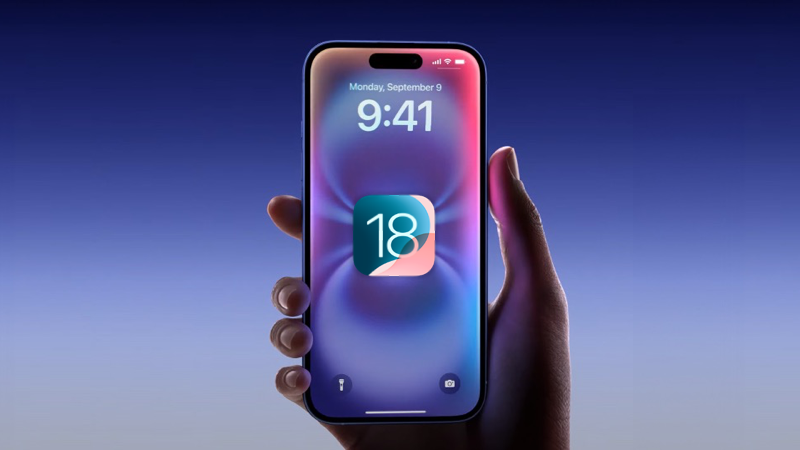
Apple’s iOS 18 update includes the most impactful changes to Apple Mail since their 2021 rollout of Mail Privacy Protection. However, the adoption of these features are on two very distinct and separate timelines. The timeline for Apple Mail app changes will be fairly quick, while the timeline for Apple Intelligence and its impact on the Apple Mail experience will be quite slow.
Let’s look at both of those timelines and the specific features involved.
Inbox Tabs Become Standard: What Marketers Need to Know
Posted on March 13, 2025

More than a decade after Gmail pioneered tabbed inbox interfaces, and many years after other major inbox providers add tabs to their inboxes, Apple Mail has followed suit in its iOS 18 release. Although the introduction of tabs isn’t exactly novel, the fact that roughly half of all emails are opened in Apple Mail means that tabs will suddenly affect many more marketing emails.
Let’s talk about what’s different about Apple Mail’s tabs, why trying to game tab placement is a bad idea, and how you can measure the impact of tabs on your email program. But first, let’s dispel some common misconceptions about email tabs.
The Last Word on February 2025
Posted on March 10, 2025

A roundup of digital and email marketing articles, posts, and social buzz you might have missed last month…
Must-read articles, posts & reports
The Push And Pull Of Privacy: Brands Are Walking An Ethical Tightrope (MediaPost)
Why Smart Marketers Should Front-Load Spending in 2025 (MarTech)
Elon Musk email to X staff: ‘we’re barely breaking even (The Verge)
The Dark Side of Generative AI (Christopher S. Penn)
TikTok Ban Looms: How Ecommerce Brands Can Adapt and Thrive (MartechView)
How Funny Nicknames Tripled My Preference Center Completions (Email Love)
Insightful & entertaining social posts
This morning I read that DeepSeek used training data generated from other language models which has companies like OpenAI fuming, and I can’t stop thinking about how there’s a lesson in there
— Jessica Kant (@jessdkant.bsky.social) January 27, 2025 at 7:08 PM
I’ve opted into ~25 free trials for various software over the last week
And the lack of emails from SO many companies is honestly blowing my mind
— Jess Haney (@jesshaney.bsky.social) February 7, 2025 at 11:55 AM
Patrick Mahomes was reportedly “distracted” during the Super Bowl, allegedly frustrated and confused over why big tech keeps burning billions on AI capex without a clear game plan, sources claim. pic.twitter.com/CWrh39gUIN
— The Transcript (@TheTranscript_) February 10, 2025
The best landing pages aren’t the prettiest.
They’re the clearest.
RSVP Framework:
– Relevant message
– Social proof
– Value clear
– Plain designNo fancy tools needed.
— Jason Resnick (@rezzz.com) February 13, 2025 at 7:16 AM
Noteworthy subject lines
CNN Subscriptions, 2/28 – We still believe in facts. Do you?
kate spade, 2/10 – An ode to the galentines
Nintendo, 2/14 – Pass a controller and gear up for these co-op games!
Zales, 2/6 – Don’t Let This Be The One That Got Away 💍
Priceline.com, 2/6 – A love story, written in savings 💌
Newbury Comics, 2/7 – Wicked Good Valentine’s Day Gifts!
kate spade, 2/12 – Need a last-minute V-Day gift?
Quiksilver, 2/10 – Snow Days Just Got Better ❄️
YETI, 2/18 – Introducing Our New Seasonal Color Collections
Allbirds, 2/11 – Tree Styles For All Occasions 🌳
Forever 21, 2/22 – Denim Dreams 💙
Crate & Barrel, 2/10 – ★★★★★ | There’s a reason these are our bestselling sofas →
Bed Bath & Beyond, 2/12 – Give your Home a Spacelift
Crate & Kids, 2/11 – Healthier nurseries start here →
Williams Sonoma, 2/12 – Bread that’s better than a bakery
Williams Sonoma, 2/22 – Plan a farmer’s market feast
Duluth Trading, 2/18 – Ditch That Damp Feeling
Chubbies, 2/15 – Shirts built for THOSE kinda nights…
Abercrombie, 2/19 – “You would look really good in that.”
Priceline.com, 2/18 – 🚢 Cruise Week = fares from $247
Olive Garden, 2/24 – WE. NOW. DELIVER.
Writers Digest, 2/28 – Less than 200 print copies available, don’t delay!
NFLShop.com, 2/27 – Styles Straight From the Commercial + Free Shipping
AutoZone, 2/17 – Have you ever gotten brake pads for free?
Art.com, 2/19 – Vibrant Pieces by Featured Black Artists
Franky @ Tumblr, 2/28 – This is not a painting. Can you believe it? 🎨
Scout from BARK, 2/15 – Our FREE Jurassic World™ upgrade is wreaking havoc!
New posts on EmailMarketingRules.com
Email Marketing Trends for 2025: Competitive Differentiators
The Biggest Shifts in Email Marketing Trends for 2025 [with on-demand webinar]
Content & Messaging Strategies for Long-Lifespan Products
Email Marketing Trends for 2025: Unproven Opportunities
Marketing, Demystified podcast: The Future of Email Marketing
 Email Marketing Rules
Email Marketing Rules


